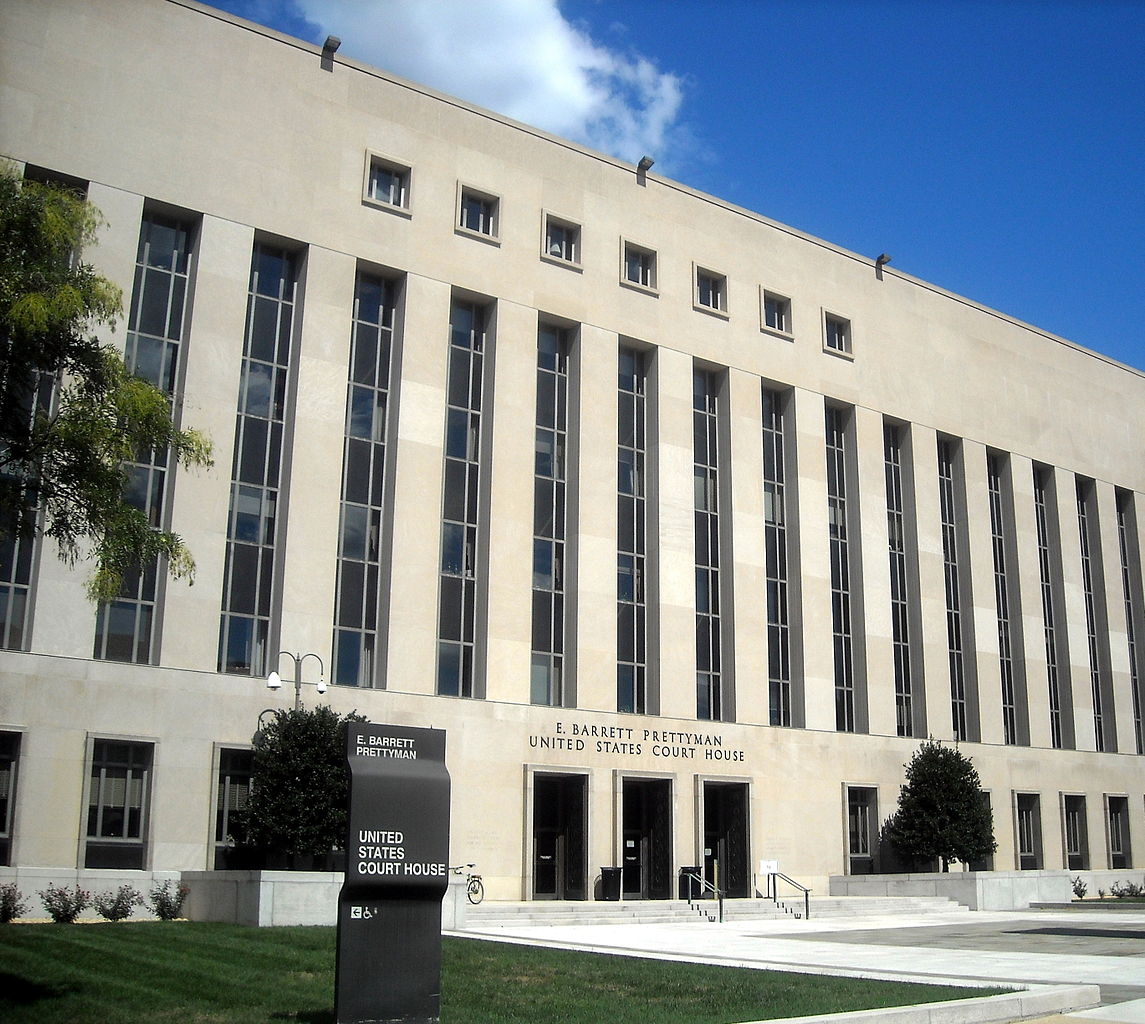The Financial Costs of Guantanamo
In 1995, the U.S. military built a small temporary food preparation station on the Guantánamo Bay Naval Base to feed an influx of Haitian and Cuban refugees.
Published by The Lawfare Institute
in Cooperation With

In 1995, the U.S. military built a small temporary food preparation station on the Guantánamo Bay Naval Base to feed an influx of Haitian and Cuban refugees. Within a year, the migrants had either repatriated to their home countries or received asylum in the U.S., and the food preparation station was used minimally, preparing about 300 meals a day. After September 11, however, the Bush administration detained hundreds of men from vaguely defined battlefields on the other side of the world and sent them to Guantánamo Bay for temporary imprisonment. These men, and the military personnel that oversaw them, needed to be fed.
The food preparation station was soon serving 3,800 meals each day. Next to the food prep station, the military hastily constructed a tent-like dining area for soldiers. The Bush administration had no long-term plans for the detention program, and the military was told to prioritize quick and inexpensive construction.They used white vinyl tension fabric for the ceilings and adorned the place with faux sea creatures, framed photographs of Guantánamo’s beaches, and wall-mounted kayaks. They called it the Seaside Galley, implemented a ban on tank tops, and declared Wednesdays “taco night.” The military built the facility to last five to ten years.
Eleven years later, the Seaside Galley is still in use. The structure, which was renamed the Camp America Dining Facility in late 2013, is now corroding. There are holes in the roof and structural support beams, and a 2011 inspection found it posed an above-average risk for food-borne illness. According to the Defense Department, “the facility has degraded to the point of unsanitary conditions for food preparation and comfortable working conditions,” and is “in jeopardy of imminent failure.” 2015 defense budget reports peg the cost of repairs at $12 million.
That hefty sum is still just a drop in the bucket of the $5 billion the U.S. government has spent operating the Guantánamo Bay detention program since it began in 2002.
At a cost of $2.8 million per prisoner per year, Guantánamo is the most expensive prison in the world. (The costliest prison in the U.S., the Colorado Supermax, at $78,000 per prisoner per year.) And the costs will continue to rise as facilities that were built to be temporary, like the Camp America Dining Facility, deteriorate. In addition to the dining facility repairs, the 2015 defense budget also calls for $11.8 million to upgrade a medical clinic that was never built to serve an aging population of prisoners. Congress earmarked another $69 million to renovate Camp 7, the top-secret facility that holds the 15-high value detainees who were tortured in CIA black sites prior to their transfer to Guantánamo. In March, The Miami Herald reported that the ground below the facility had shifted, causing the floors and walls of the building to crack.
Two thoughts: First, it is certainly true that Guantanamo is not a cost-efficient means of detaining a small number of people. The argument for Guantanamo was far more powerful when the number of detainees was much larger and the base lay outside of the habeas jurisdiction of U.S. courts. Now, however, there is virtually no legal advantage to detaining people at Guantanamo rather than in facilities in the United States, and the number of detainees renders the fixed costs of operating the facility far higher on a per capita basis. If one were making these decisions based on money, this is certainly not the way one would do it.
Schulberg, however, make a common error when she contrasts the costs and difficulty of detention at Guantanamo with criminal trial and imprisonment in the United States:
It didn’t have to be this way, of course. In 2009, before the current Congressional restrictions, a Guantánamo detainee named Ahmed Ghailani was transferred to the U.S. to stand trial before a federal court in lower Manhattan. His trial lasted just over one year and he was found guilty of planning the 1998 Kenya and Tanzania embassy bombings. He is now serving a life sentence without parole in the Colorado Supermax, where Ramzi Yousef, one of the 1993 World Trade Center bombers, and Umar Abdulmutallab, the unsuccessful Al Qaeda-trained “underwear bomber,” are also held. “We have hundreds of terrorists, mass murderers, and truly violent, dangerous people locked up in the U.S.,” said Representative Smith. “The idea that we are incapable of safely holding people here is patently ridiculous.” As it currently stands, there is no legal way to transfer detainees to the U.S. to stand trial. The military commissions in Guantánamo are riddled with dysfunction, and even detainees who have been cleared for release can’t be safely sent back to their home countries—in some cases because of the fact that they were held in Guantánamo. The small handful of detainees that can be charged with a crime will face the judge in a makeshift courtroom called the “Expeditionary Legal Complex.” The U.S. government built it in 2007, at a cost of $12 million dollars.
For the overwhelming majority of detainees at Guantanamo, the alternative is not criminal prosecution in the United States and lockup in a federal prison like the SuperMax. It's law of war detention in the United States. This would surely be less expensive than Guantanamo, but it would require the construction of a Guantanamo-like facility in which to hold people. It is fair to compare the performance of military commissions at Guantanamo (which have certainly had growing pangs) with the performance of federal courts in terrorism cases. But it's not analytically sound to compare the performance of federal courts in terrorism cases with the performance of a non-criminal system full of people who could never plausibly face trial in federal court at all.





